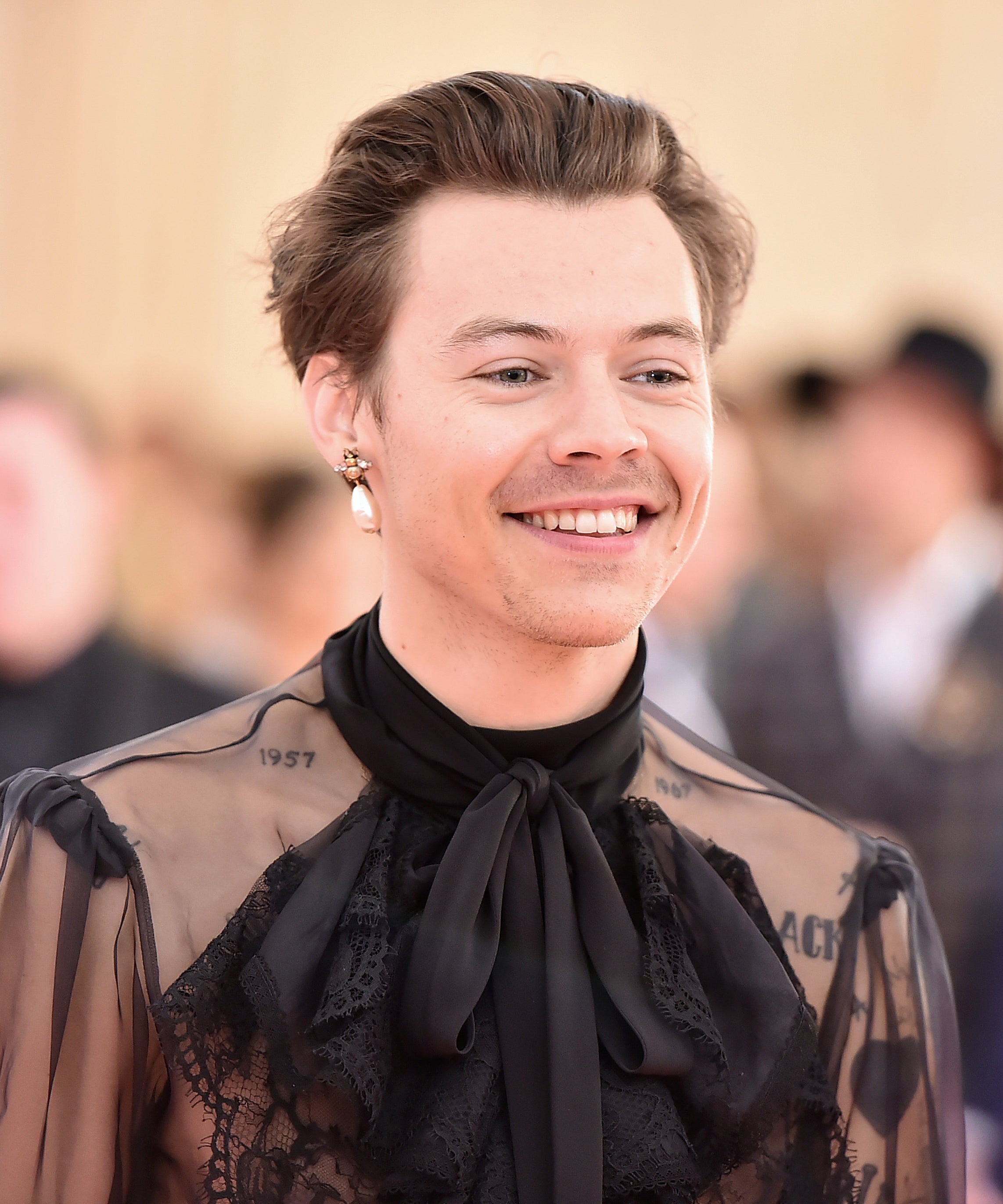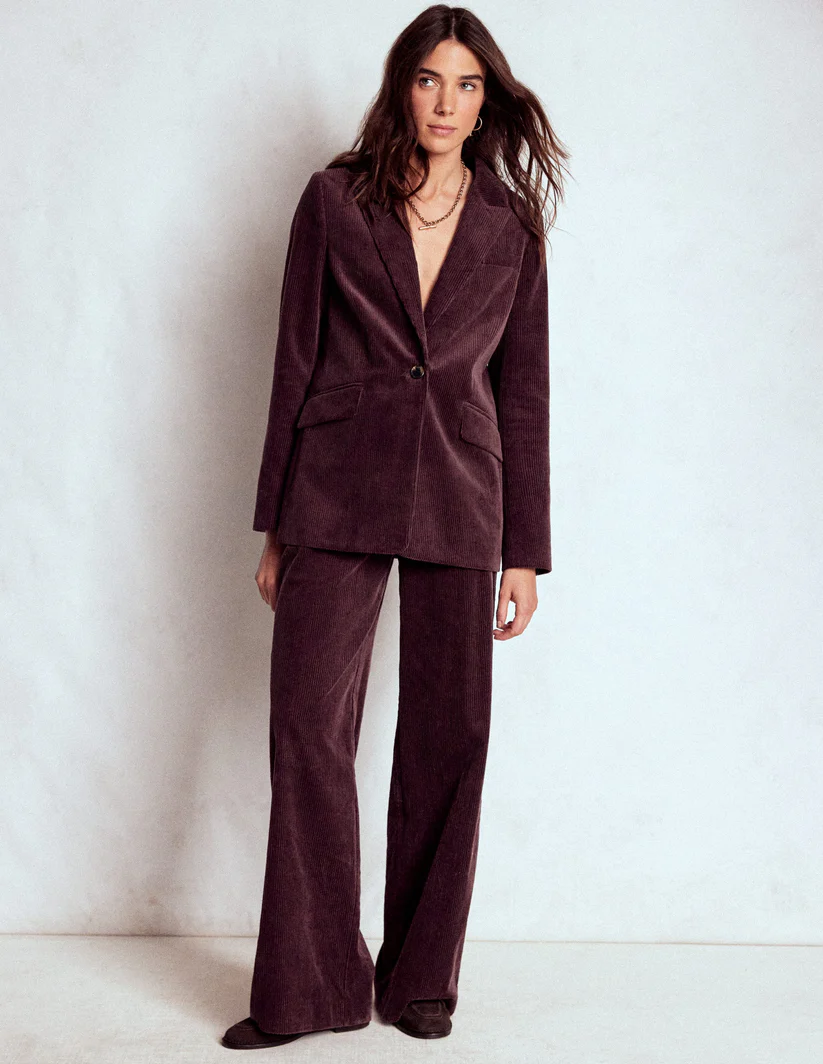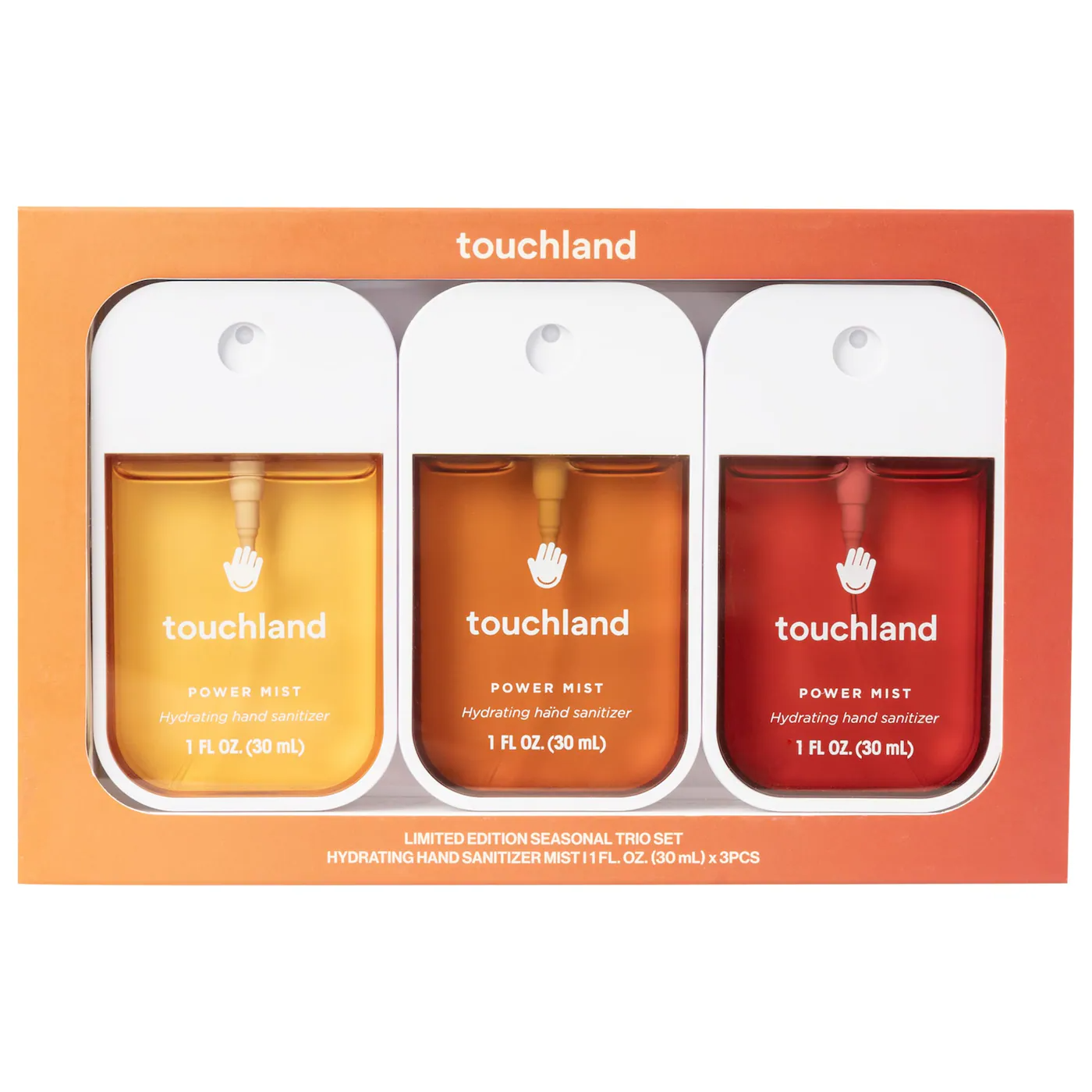

Conservative pundit Candace Owens loves nothing more than bashing and fear-mongering about the “ridiculousness” of the left. Her latest attempt to do just that involves an attack on Harry Styles’ Vogue cover. But, thanks in part to the pop star’s supportive — some might even say rabid — fandom, Owens is being rightfully called out for her ignorance.
Last week, Styles made headlines for his Vogue cover shoot, which includes styling that has him wearing a dress. This is nothing new for the star, who has refused to conform to those gender constructs in fashion dictated by the “rules” of masculinity. Styles has received tons of praise for both his aesthetic sensibilities and his willingness to ignore outdated gender norms. But Owens apparently had a problem with all this, and so took to Twitter to complain about it. “There is no society that can survive without strong men. The East knows this. In the west, the steady feminization of our men at the same time that Marxism is being taught to our children is not a coincidence. It is an outright attack. Bring back manly men,” she said, quote-tweeting the photos of Styles.
This is not the first time that Owens aired her bad opinions on Twitter. She recently got into an online spat with Cardi B, calling her “dumb and illiterate.” She also tweeted about more than just Styles this weekend, writing that Black Lives Matter and antifascists “represent the absolute vermin of our society.”
While Owens is clearly happy to be a provocateur and spew hate and muddy facts, with this recent take on Styles, she’s not only incorrect, but is also ahistorical. Owens’ argument relies on a very rigid definition of what it means to be a “strong man,” one that’s rooted in toxic masculinity, but isn’t really related to traditional ideas of masculinity, seeing as how powerful men have, in fact, worn dresses, makeup, and long hair for centuries. In fact, the practice of harshly dividing people of different genders into extremely different forms of dress is relatively recent.
“There’s so much joy to be had in playing with clothes. I’ve never thought too much about what it means—it just becomes this extended part of creating something.”: Read our full December cover story starring @Harry_Styles here: https://t.co/yILujUQQae pic.twitter.com/qwpGKBSQey
— Vogue Magazine (@voguemagazine) November 13, 2020
Before World War I, the societal construct of “pink for girls” and “blue for boys” didn’t even exist, and, for children, dresses were considered gender-neutral. There are even photos of President Franklin D. Roosevelt in dresses and with long curly hair as a child. In the 19th-century, affluent people wore dresses as a sign of stature — yes, even boys. There are also the famed Scottish Highlanders, mighty warriors who wore kilts. No one would argue they weren’t Candace Owens-approved levels of masculine.
In recent years, the right — especially the religious right — has latched with a newfound intensity onto gender norms, and used people’s clothing choices to moralize about society. In their eyes, if you’re a man who dresses in a “feminine” way, or a woman who wears suits, you’re obviously trying to destroy the sanctity of the American family. Their way of seeing the world, though, is faltering, as the kind of cultural hegemony largely rooted in cisgender, white, Christian values is losing power. Besides, and as many people are pointing out, Owens herself has worn suits for photoshoots.
Owens has never cared much about being a hypocrite, though — or being historically accurate. Her bizarre reference to Marxism is a bizarre conflation of the right’s fear over both radical leftists and trans and gender-nonconforming people, painting it all with one problematic brush. Even more bizarre is her reference to “the East.” It’s bad enough that Owens treats Eastern men as a monolith, but she is also ignoring the racist ways in which they are often painted as “soft” and “weak” for showing a range of emotions and expressions. East Asian men, in particular, have been desexualized in pop culture for years. Moreover, in other parts of the world — including those in the East — garments that resemble dresses are frequently worn by men, like the thawb — a long, ankle-length garment commonly worn in Arab countries.
Of course, Owens’ whole argument is a baseless one, anyway; there is no such thing as a stereotypically “strong man.” All she is doing is promoting ideas that are rooted in toxic masculinity, or restrictive expectations of manhood and masculinity that harm people of all genders. Internalized toxic masculinity says that men can’t cry or show emotions, that they must dress a certain way to distinguish themselves from women, that they must exert power and control — especially over women. Somehow in Owens’ eyes, wearing a dress takes away Styles’ — or any man’s — ability to be strong. In actuality, how you act has nothing to do with how you dress — and how you dress doesn’t dictate your actions, or even your gender. There is no one definition of what it means to be a man. Owens is merely fear-mongering — but Styles’ fans didn’t let her get away with it, nor did Twitter’s queer community.
In response to Owens’ absurd assertions, critiques quickly followed, with people pointing out things like, “If masculinity can be undone with a simple change of clothes, it was never very strong to begin with.” When fellow conservative pundit Ben Shapiro decided to enter the conversation, Styles fans referenced Prince and David Bowie, two iconic pop idols who also played with gender roles and fashion their entire careers.
But while defenses of Styles are valid and an important reminder that Owens and Shapiro don’t know what they’re talking about, it’s also important to remember what the pop star himself told Vogue, “There’s so much joy to be had in playing with clothes.” For Styles, fashion is a form of expression that allows him to tap into different parts of himself, to experiment, and have fun; and it should be the same for any person — no matter their gender. We are all multifaceted people, and no one aspect of our lives determines our gender, which is ultimately a performance, anyway — no matter what Candace Owens tells you.
Like what you see? How about some more R29 goodness, right here?
Harry Styles Wore A Dress On Vogue’s Cover




